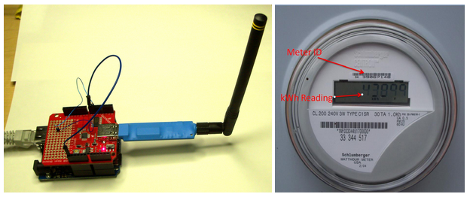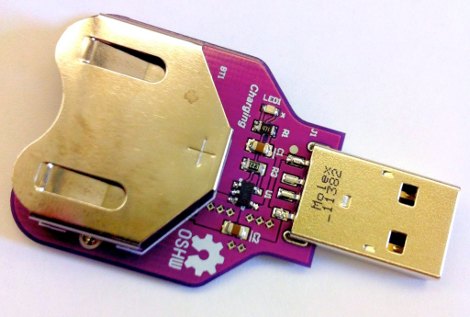[Guelherme Pena Costa] came up with an idea to light up a swing set using the motion of the people swinging on it to generate electricity. The goal was to get people to enjoy the playground at night and we think, this might actually be a pretty good way to achieve that. People love blink lights, especially if they are interactive.
To Light the LEd ropes, [Guelherme] has attached a gear motor to the frame of the swing set and an arm to the chain. When the swinger swings, it spins the motor generating between 6 and 10 volts at 230-400 mA. As you can see in the video below, that works fine to illuminate the LEDs, though we think a charging circuit to allow the lights to stay lit for longer would also be cool.
















